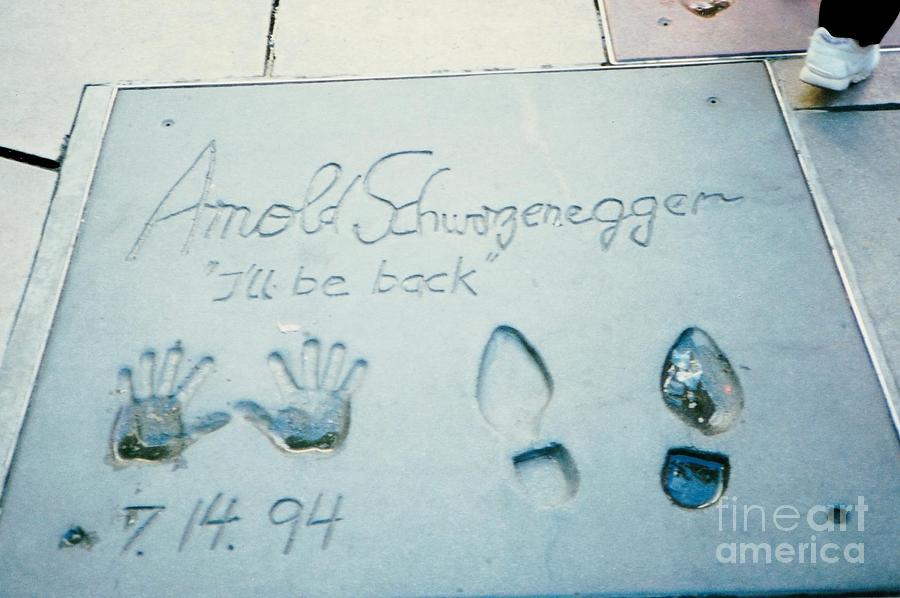

Diamond Jim was released by Universal, who was fighting hard to compete with bigger studios like MGM and Warner Brothers at the time. So was he really that unsuccessful as a leading man?ġ935’s Diamond Jim was a big opportunity for Edward Arnold to go from character actor to main star. But whenever I hear people talk about that movie, it’s usually about Jean Arthur. Or in the case of 1937’s Easy Living, he shared top billing with Jean Arthur. 1936’s Come and Get It, for example, is now usually talked about in relation to Frances Farmer. Once he did become a top-billed star, it was sometimes in movies that have since become better remembered for starring other people. It wasn’t until about 1935 that he started consistently getting top billing. Throughout the early 1930s, if his name made it onto the poster at all, he was often billed below actors like Franchot Tone, Robert Montgomery, and Cary Grant, but he built a good reputation as a character actor. Of course, there was also a film adaptation of Whistling in the Dark, which gave him a chance to reprise his role from the stage version.Įven though he’d had a successful stage career, he didn’t immediately become a top-tier movie star.

In I’m No Angel, he starred alongside Mae West, who would later join him on the Box Office Poison list in 1938.

After getting back into films, Arnold appeared in several classics of the pre-Code era, including Three On a Match, Hide-Out, Sadie McKee, and I’m No Angel. That production of Whistling in the Dark opened on Januat the Ethel Barrymore Theater in New York and also featured a then up-and-coming Claire Trevor. The morning after the opening, the phones began ringing with screen offers - and I’ve been here ever since.” In the September 1935 issue of Screenland magazine, Arnold says of his early film career, “Pictures intrigued me several years ago, but when I found I’d have to come to Hollywood to show producers I was an actor, I decided to continue on the stage…Then along came my role of the polite murderer with Ernest Truex in ‘Whistling in the Dark,’ which eventually brought us to the Los Angeles Belasco Theater. But his career was remarkably prolific, spanning nearly 50 years and included work in film, live theater, television, and radio.Īfter starting his career on the stage in 1907, he spent some time doing films at Essanay Studios for a few years, but returned to the stage and didn’t start focusing on films again until 1932.
Out of all the stars dubbed Box Office Poison by the Independent Theater Owners Association in 1938, Edward Arnold probably has the least name recognition among people who aren’t well-versed in classic Hollywood films.


 0 kommentar(er)
0 kommentar(er)
